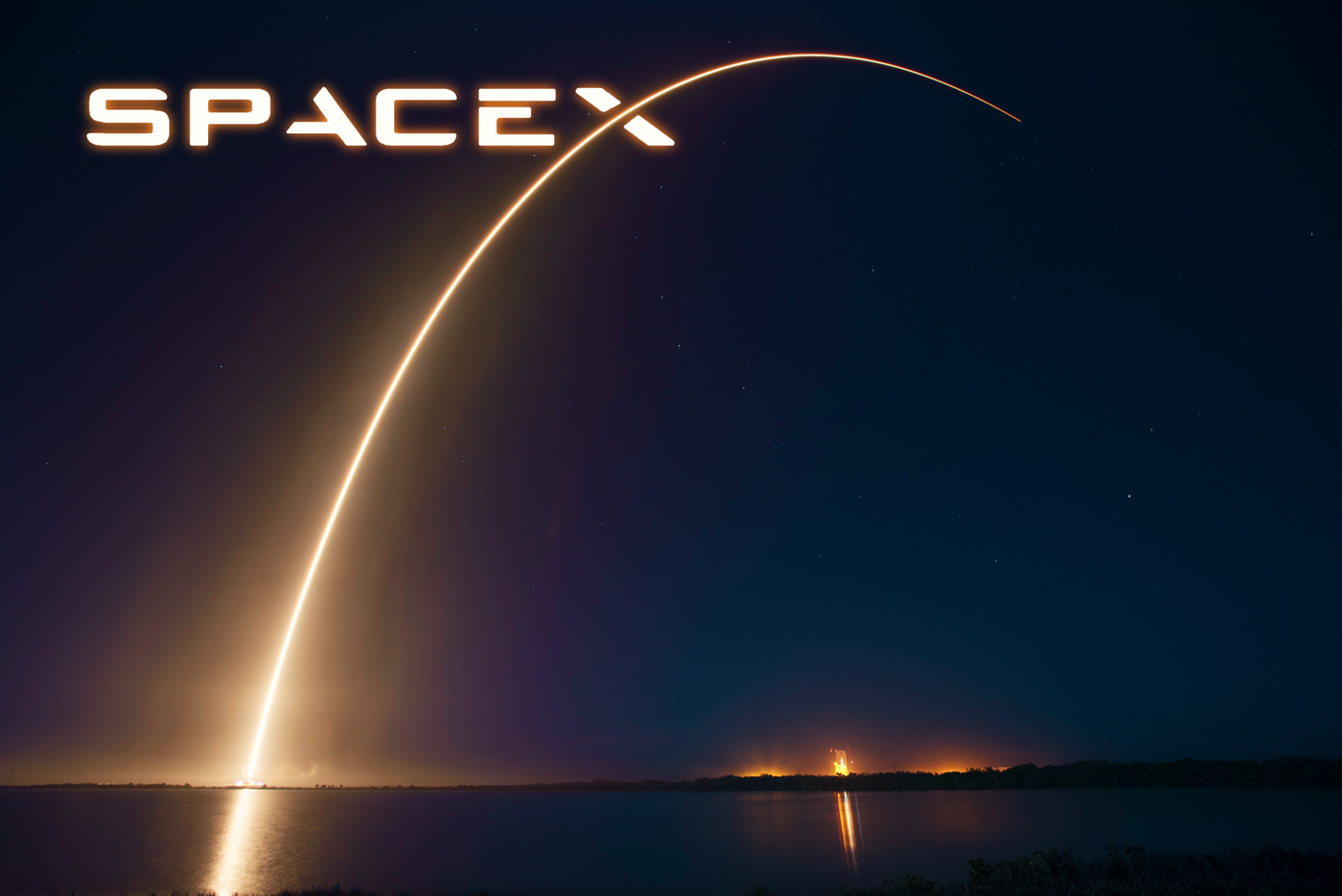SpaceX May Launch Third Rocket Within Two Weeks Later This Evening
SpaceX has been on a role these last couple of weeks, launching Falcon 9 rockets from both the East and West coasts of the United States in Cape Canaveral, Florida and Vandenberg Air Force Base in California. On the other hand, SpaceX is going to try their luck again.
Image Credit: SpaceX
The commercial space company is now planning a third rocket launch for this evening at approximately 7:36 P.M. Eastern time from NASA’s Kennedy Space Center in Cape Canaveral, which will mark its third rocket launch within just a two-week window and the second launch from Kennedy Space Center in just a week.
UPDATE: A problem just before the launch caused a delay in the launch. It was not weather-related, but the plan is to attempt a launch again on Monday.
Related: SpaceX defies odds and lands a Falcon 9 rocket with the most difficult circumstances yet
Weather is a big concern for SpaceX however, as there appears to be a lot of cloud cover today. With a 40% chance of favorable weather, there’s a possibility that the launch may have to be called off and planned for another time.
For what it’s worth, the launch pad didn’t need to be “refurbished” after the launch last week, so it’s already all set for today’s launch. This also breaks a record for the shortest time in between back-to-back launches at NASA’s Kennedy Space Center launch pad, which citing Wired, was a period of 17 days back when NASA was still flying space shuttles.
Related: SpaceX wants to be launching and landing Falcon 9 rockets every couple of weeks
Unlike the other two rocket launches, the first stage from this launch unfortunately won’t be returning to the Earth for an upright landing. Instead, it will remain in orbit around the Earth, becoming another piece of space junk.
It will be carrying Intelsat 35e, a nearly 13,000-pound communications satellite, more than 22,000 miles up above the Earth’s surface, This is high enough to reach geostationary orbit. In this type of an orbit, the satellite always stays in one place over the Earth rather than moving about.
Worthy of note, this is one of the heaviest satellites SpaceX has ever launched, and paired with the fact that it’ll be going so much higher up than most satellites, this means that the Falcon 9 simply won’t have enough fuel left over to attempt a landing. It should be interesting to see if the Falcon 9 rocket is up for this sort of challenge.
Because the first stage won’t be retrieved, this Falcon 9 rocket will be using aluminum drag fins instead of the recently-produced titanium drag fins that were a success story on one of last week’s landings; this cuts down the overall launch costs.









